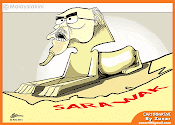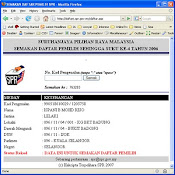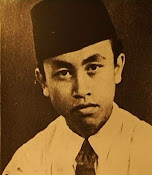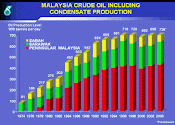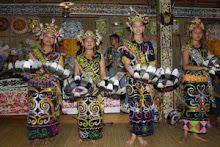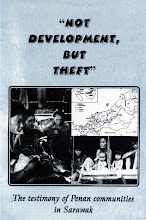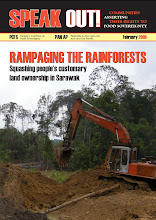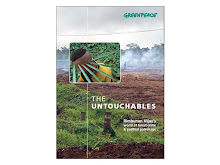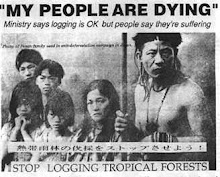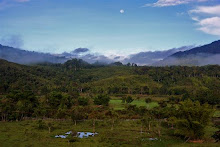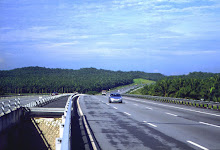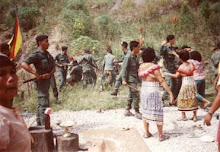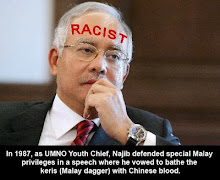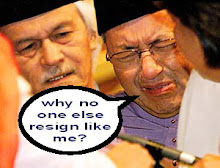The story about “subsidy”…
When Maha passed away and there is a new landlord, Abdul comes to continue the farm operation. He says to the workers: "We need to improve the farm quality and redefine our way of thinking. From now on all of you only need to pay RM1.00 for each apple you eat. It is very cheap as the price is RM10 each outside the farm." The workers have no choice but to pay RM1.00 for the apple they eat daily. Their earnings decrease from RM2.00 to RM1.00 per person. As usual, Abdul sells the 4 apples and he gets RM40. He uses RM25 for farm improvement and pays RM10 to his 5 workers. He gets RM5.00 as profit. On top of that, he gets another RM5.00 from the apples that he sells to his workers. In total, he gets RM10 as profit every day.
Soon, the apple price increases to RM20 each. The new landlord gets a higher profit as he gets RM80 for the 4 apples he sells daily. Then, he decides to give the farming improvement contract to one of his close friends, Samy. Samy says: "Apple cost naik, improvement cost also misti naik." So, the farm improvement cost increases from RM25 to RM50. In actual fact, the improvement only cost RM30. The remaining RM20, Abdul and Samy share evenly among themselves.
RM10 (from farm improvement cost)
RM20 (Net profit by selling 4 apples: [Gross profit, RM80] - [Improvement cost, RM50] - [Wages RM10] = RM20)
RM5 (from selling apples to his workers)
After you have read the story, I am sure you have already understood the meaning of “SUBSIDY” given by the government.


Sarawak Headhunter's Comment: Their heads must roll!







